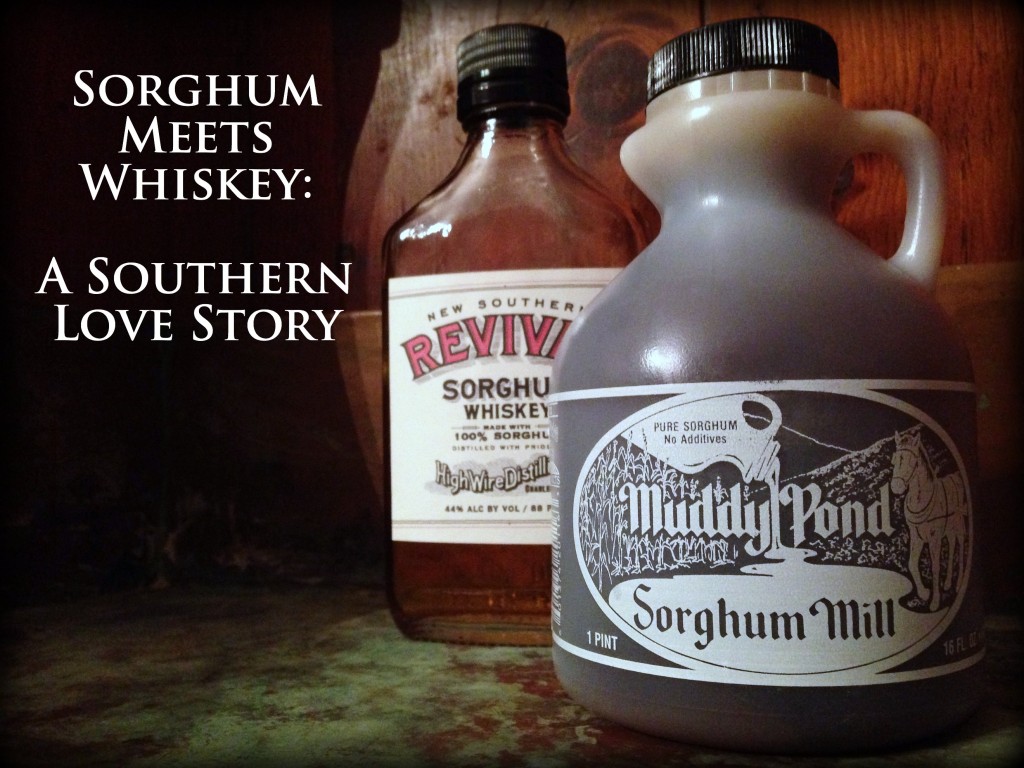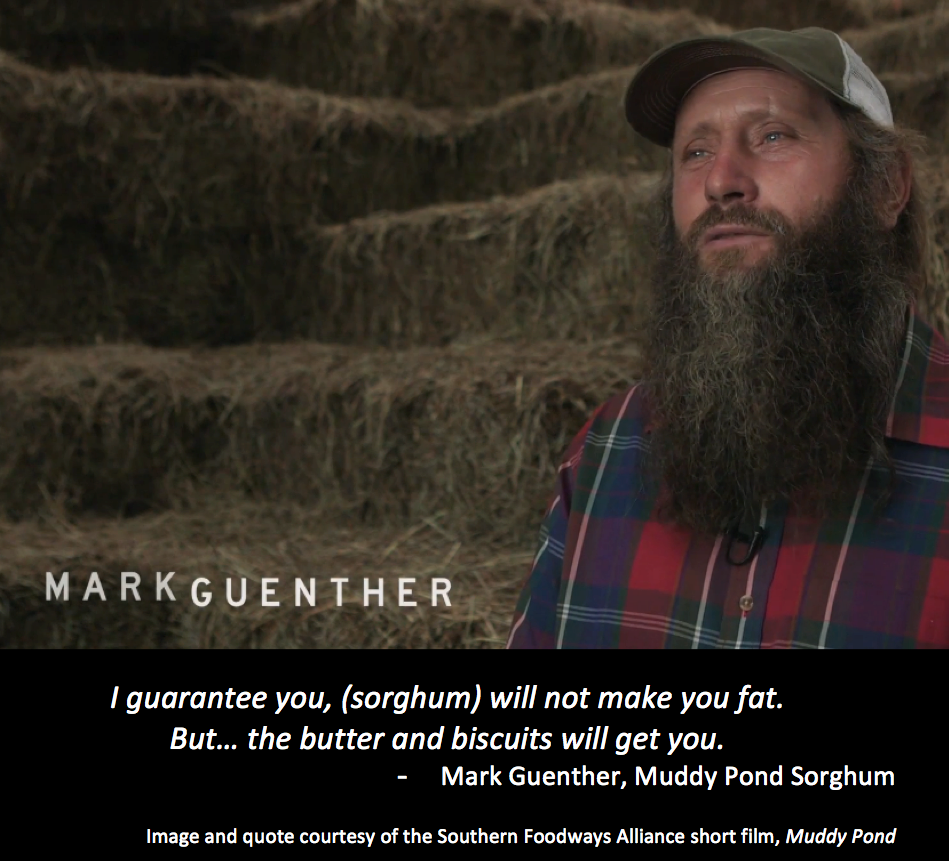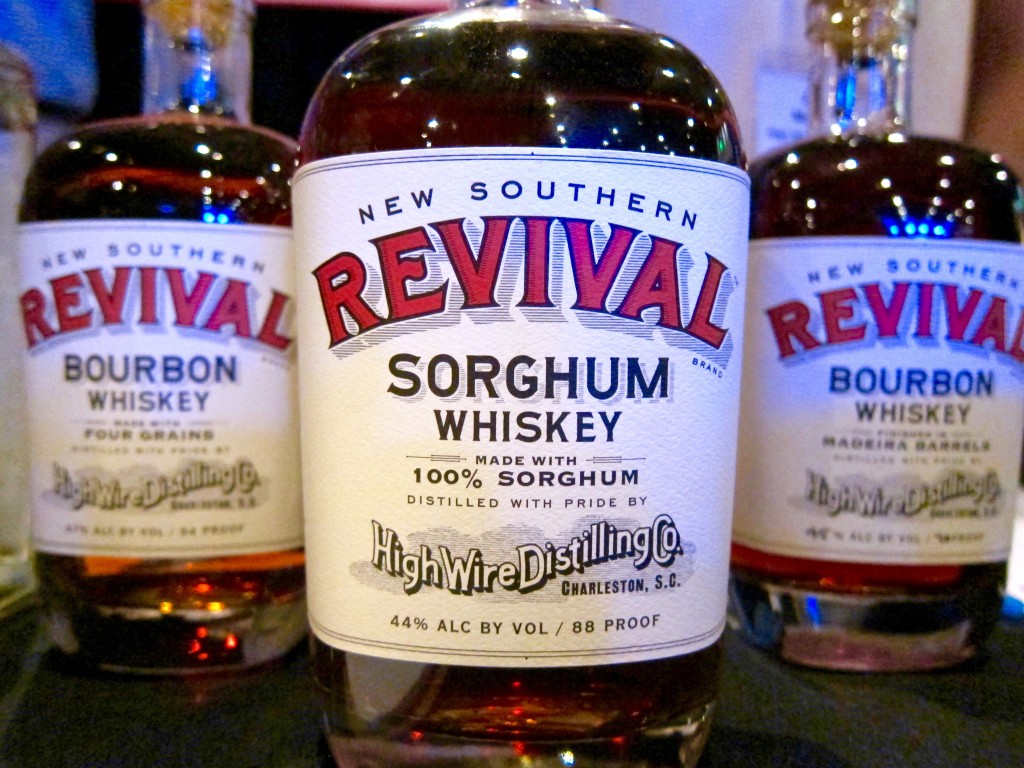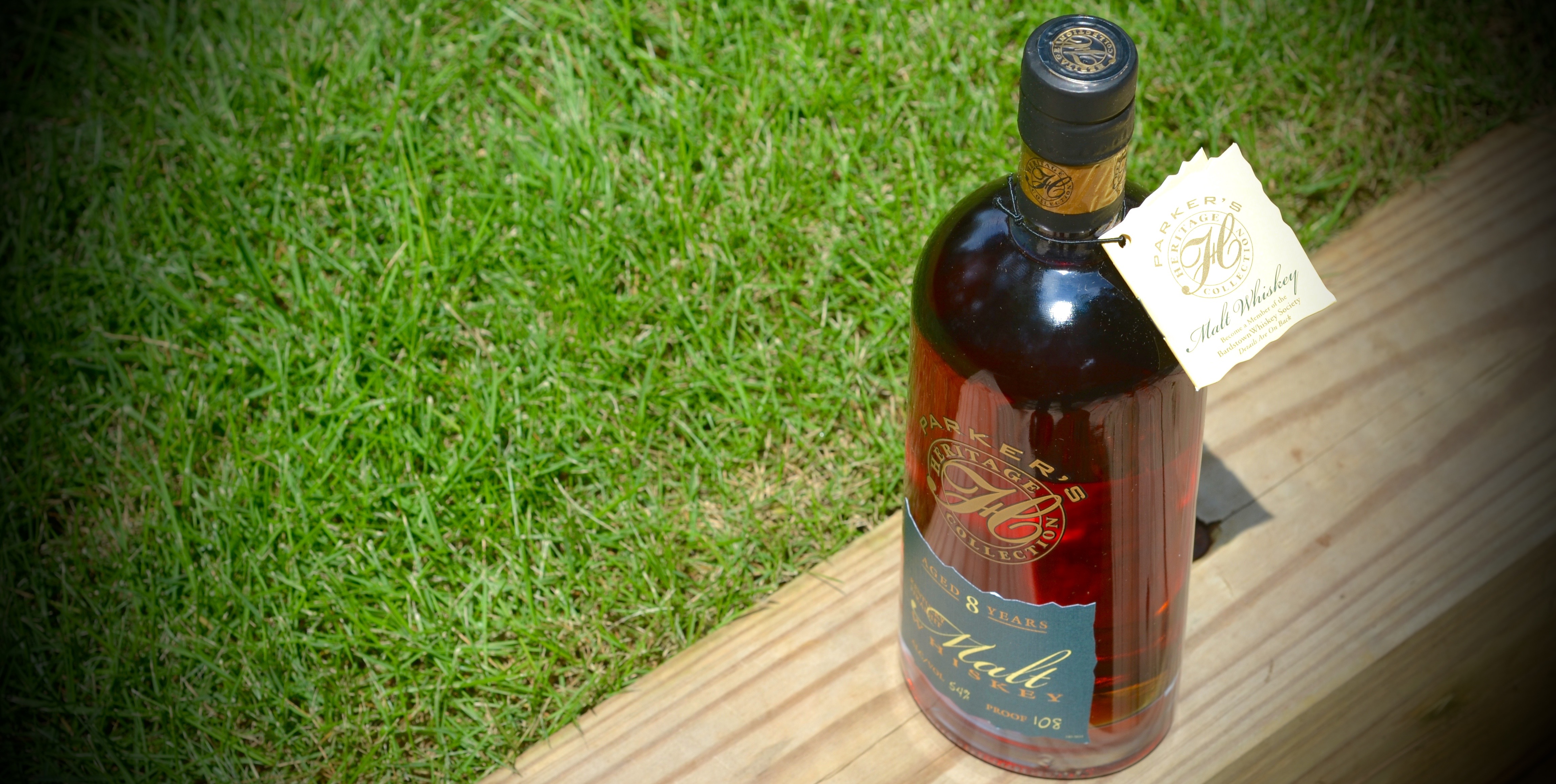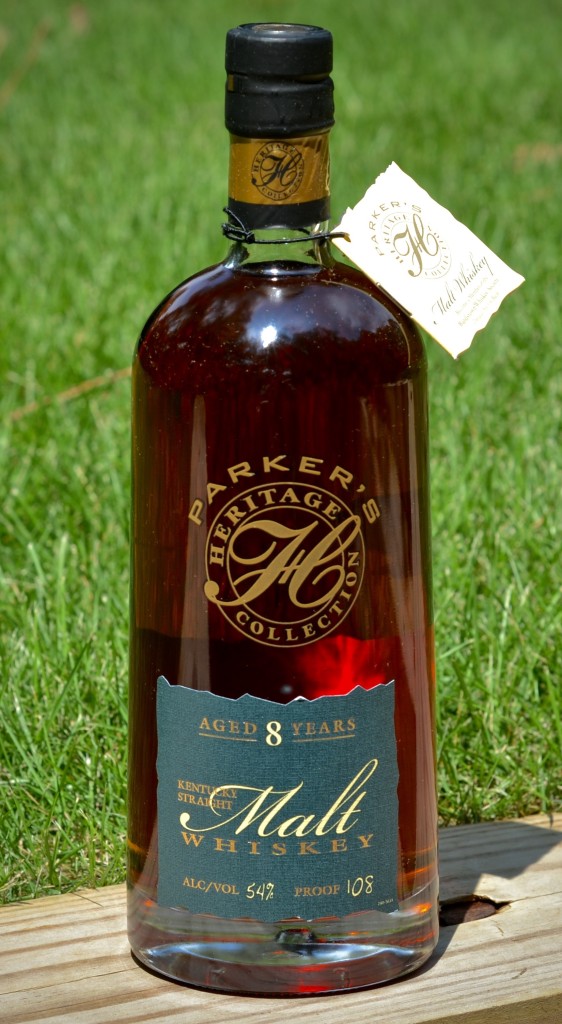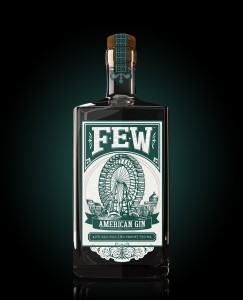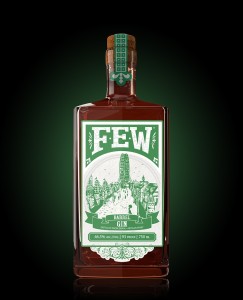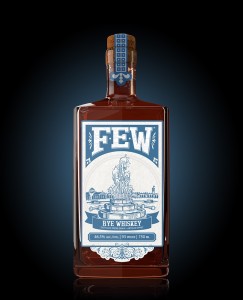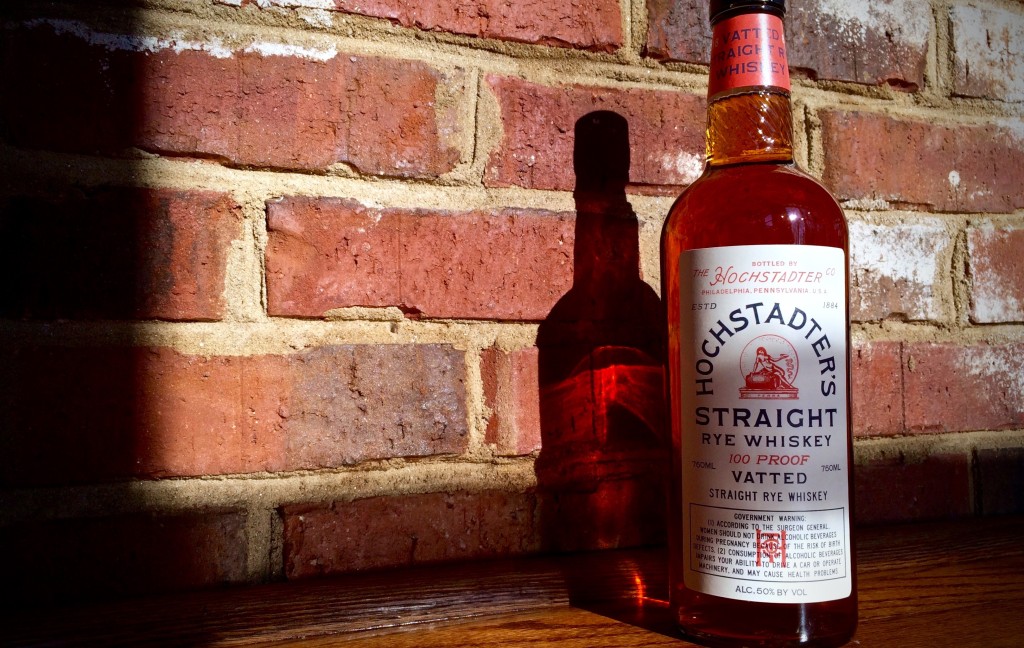
Let’s hit this. Five facts about Hohchstadter’s Vatted Straight Rye Whiskey, followed by a review and tasting notes.
- This rye hails from Cooper Spirits Co. – the company that unleashed St. Germain upon the world. It should also be noted that these are the folks behind the eclectic portfolio that includes:
- Lock Stock & Barrel, the well-regarded (sourced Canadian) 13 year old straight rye whiskey
- Slow and Low, the bottled “Rock and Rye” cocktail that clocks in at 84 proof and is made with sourced rye, orange peel, and raw Pennsylvania honey
- Creme Yvette, the super-geeky liqueur from France with a long history of being used in super-geeky cocktails (which of these three is not like the others?)
- It’s the first rye officially designated as “vatted” (eh, marketing speak, but I dig the fact that they are relatively open that this is a blend of several sourced ryes)
- It is composed of five ryes ranging from 4 to 15 year old, from Kentucky, Pennsylvania, Indiana, and Alberta, Canada, all “hand selected” by distiller Robert Cooper. At least we know that much.
- It’s 100 proof. Great for cocktails.
- It’s only $35. Which amounts to a darn good price point for rye these days.
So, interesting right? Blended rye, 100 proof, good price. Let’s give it a shot.
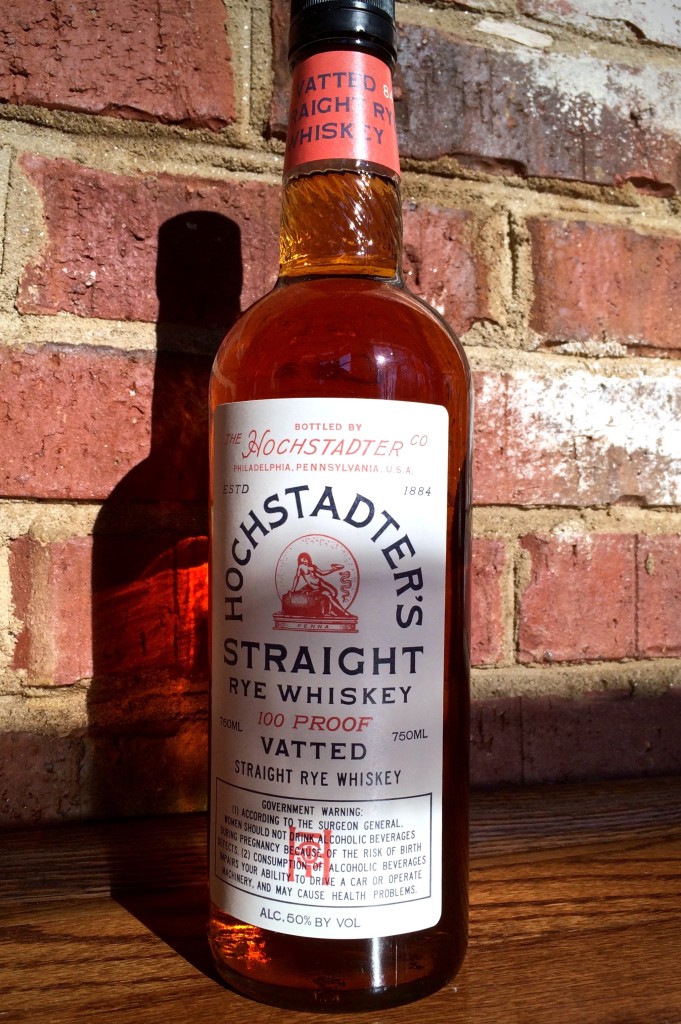 Hochstadter’s Vatted Straight Rye Whiskey
Hochstadter’s Vatted Straight Rye Whiskey
100 Proof, Approx. $35 retail
Tasting Dates: Feb 12 – 15, 2016
Thirsty South Rating: Good Stuff*
Digging in to the nose here, a dark cherry sweetness jumps out, almost like you’ve thrown a Luxardo cherry into an Old Fashioned. I’d say it leans a bit more bourbon than rye – a mellow sweetness, warm spices, a bit of toasty wood – but there is a subtle rye spice buzzing in the background. It’s mellower and sweeter than a Rittenhouse Rye, for example (another well-priced 100 proofer).
Sipping neat, the heat comes out quickly. There’s a red hot cinnamon-y burst that comes on strong and stays through a very long finish. The dry spice of the rye comes through as well, but frankly this begs for water, ice, or some vermouth.
With a touch of water, the nose lightens up, some orange peel notes come out – sandalwood? Is that too obvious? In any case, it’s less dark cherry and more blood orange with the water under its belt. And it’s much improved for sipping, too, as the heat and cinnamon comes in check, and the rye bread character emerges a bit more. Not bad at all, but I wouldn’t put this in the same league as a Rendezvous Rye (from High West, around $50) where the older rye in the blend (which is 16 years old and 6 years old) has a more obvious and distinctive presence. The vatting approach here definitely produces a harmonious result, but not one with the depth of character that I was hoping for.
As for the standard test of any rye for cocktail-making – it does great in a Manhattan. Not too sweet, not too spicy, not too strong (but sweet, spicy, and strong enough alongside the sweet vermouth). I’m kinda digging this more than Rittenhouse Bottled in Bond (though I must admit that I’m not as thrilled with current-day Rittenhouse as much as I was with the Brown-Forman-produced version that was around until early 2015).
Hochstadter’s Vatted is a good rye, an interesting approach to blending, a well-priced rye, and a good rye for cocktails. But don’t expect it to knock your socks off sipping neat.
By the way, Hochstadter’s rye has distribution in 17 states, though is still jumping through the regulatory hoops of actually getting it onto shelves in some of those – including Georgia. In the meantime, try your maybe-not-favorite online reseller.
*******************************
* Thirsty South Rating Scale:
Wow – among the very best: knock-your-socks-off, profound, complex liquid gold!
Excellent – exceptional in quality and character, worth seeking out, highly recommended
Good Stuff – solid expression of its type/varietal, enjoyable and recommended
Fair – fairly standard or exhibiting obvious though minor flaws
Avoid – move away folks, nothing to see here, a trainwreck
Full Disclosure: Tasting sample provided by Cooper Spirits Co.
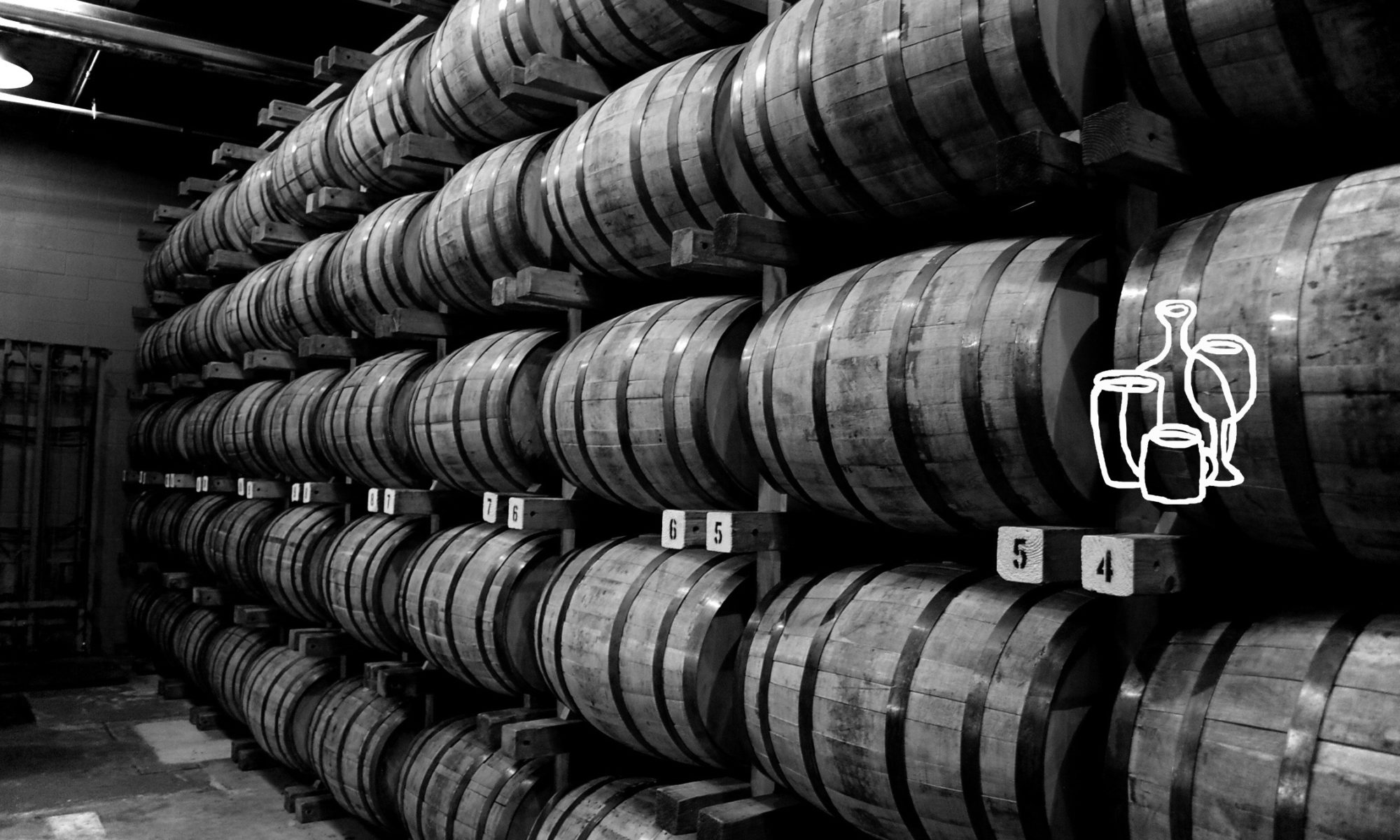


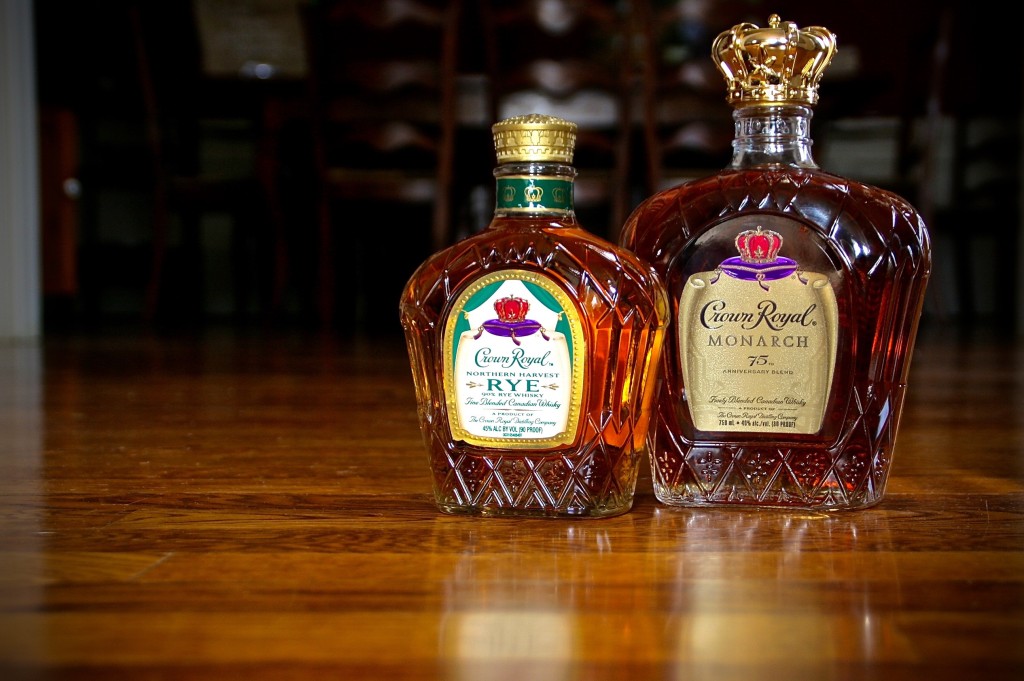
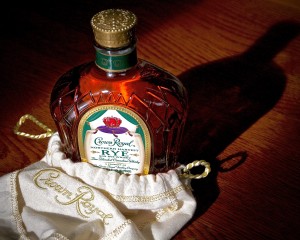 Crown Royal Northern Harvest Rye, Blended Canadian Whisky
Crown Royal Northern Harvest Rye, Blended Canadian Whisky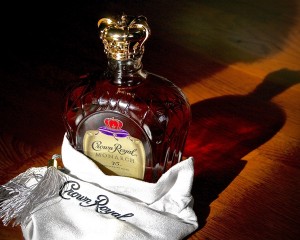 Crown Royal Monarch, 75th Anniversary Blended Canadian Whiskey
Crown Royal Monarch, 75th Anniversary Blended Canadian Whiskey